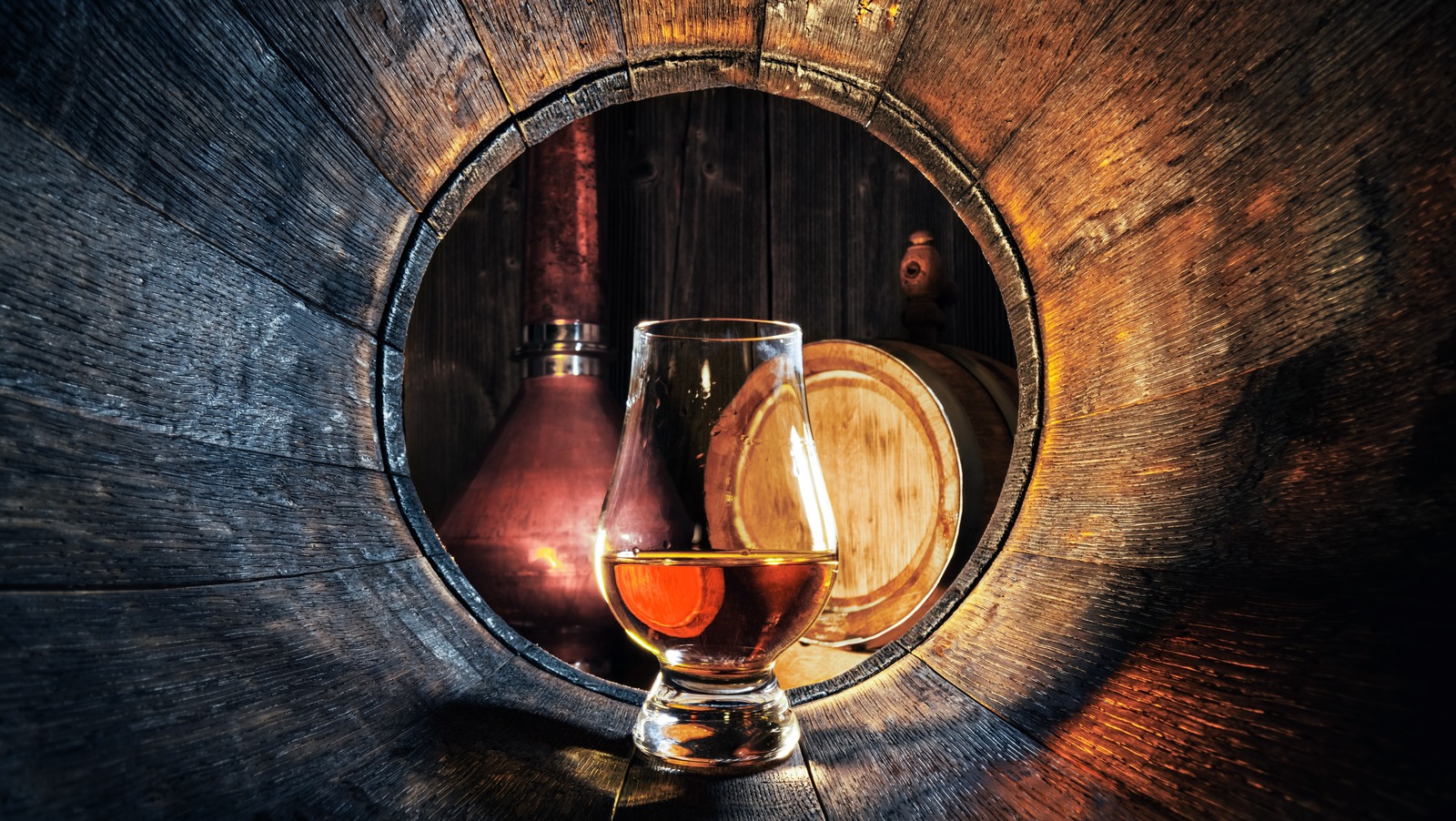The term cask strength evokes, at least to me, the romanticized image of someone tapping a whiskey ( ) barrel and taking a sip drawn straight from it. That term, aside from having a sleek and leathery pirate-era sound to it, does have an actual meaning that's useful to know. That's because when you see the term "cask strength" on a bottle's label, this means that the whiskey contained therein is guaranteed to be pretty strong.
Typical mass-market whiskey you see is roughly 40% to 45% alcohol by volume (ABV) and has already been blended with a bit of water to bring its alcohol content down in order to create a consistent product across a brand. But the stuff marked cask strength or barrel proof will typically have an ABV starting at 50% — and can go up from there. It's named this way because that's the natural strength of the beverage when it's taken out of the aging barrel (or cask) when it's bottled, without any water added.
Why cask strength whiskeys can vary in strength There are a lot of factors that determine a whiskey's final cask strength upon its bottling. During the aging process, its ABV can change as some of the liquid inside the barrel evaporates naturally, which is where you'll hear the term the angel's share come in. The angel's share is considered the portion that disappears as the whiskey naturally ages.
Cask strengths can vary due to multiple variables. Depending on the barrel's aging environment, a whiskey's water content can evaporate faster than the alco.


















